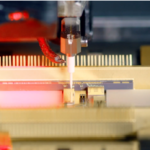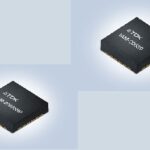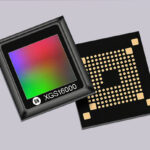ASIA ELECTRONICS INDUSTRYYOUR WINDOW TO SMART MANUFACTURING
NXP’s New Radar Processors to Surge ADAS More
NXP Semiconductors N.V. has unveiled its new S32R47 imaging radar processors in 16nm FinFET technology, building on NXP’s proven expertise in the imaging radar space. Most importantly, the S32R47 family is the company’s highest performing radar processors. At the same time, it will meet requirements of Level 2+ to 4 autonomous driving.
The third generation of imaging radar processors delivers up to twice the processing power versus the previous generation, alongside improved system cost and power efficiency. In combination with NXP’s mmWave radar transceivers, power management and in-vehicle networking solutions, the S32R47 family meets functional safety ASIL ISO 26262 ASIL B(D) requirements and prepares the automotive industry for new levels of autonomous driving.
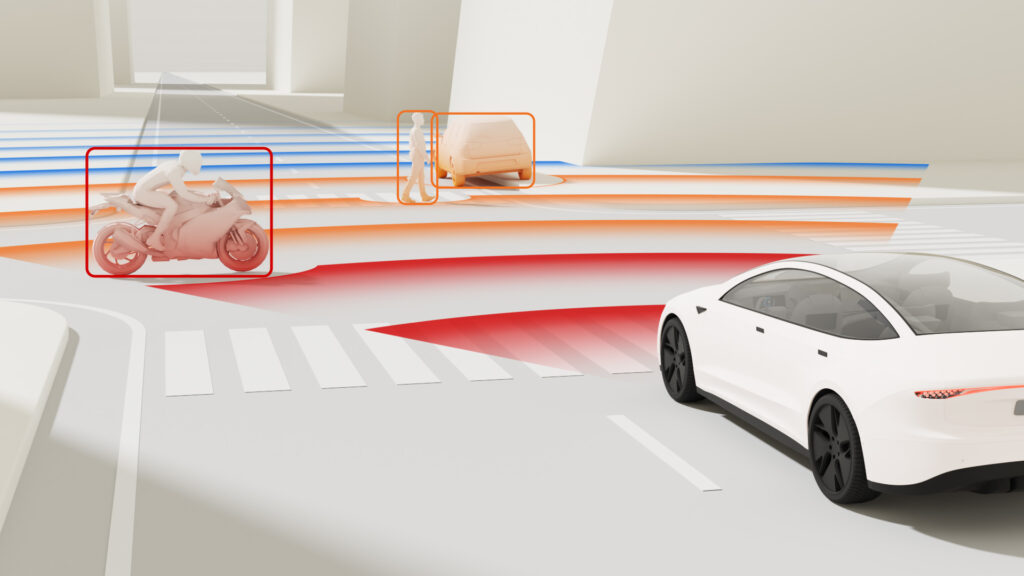
Role of Radar Processors in ADAS
The S32R47 is a radar application microprocessor unit (MPU) that enables next-generation imaging radar sensors to support ADAS Level 2+ to Level 4. Therefore, addressing the most demanding use cases like debris detection in inclement weather.
The varying levels of autonomous driving is a safety standard released by SAE International in 2014 to expand advanced driver-assistance systems (ADAS). Level 2 is a partial automation category that means a vehicle can control steering, acceleration, and deceleration but with driver still in constant control and ready to take over at any moment. Level 2+ has added features like lane changing, overtaking, and parking while Level 3 is a conditional automation wherein the system can handle most driving tasks on specific conditions but driver is expected to be available to take over in certain situations.
Meanwhile, Level 4 is a high automation level where the vehicle can handle all safety-critical driving functions and monitor roadway conditions for the entire trip.
Dedicated radar processing accelerators meet demanding sensor level features for long distance, fine resolution and extended dynamic range.
NXP’s radar microprocessor unit plays a critical role in sensing and processing the car’s surroundings to enable advanced safety and comfort features. It uses radar technology to detect objects, calculate distances, and provide crucial information to the vehicle’s control systems.
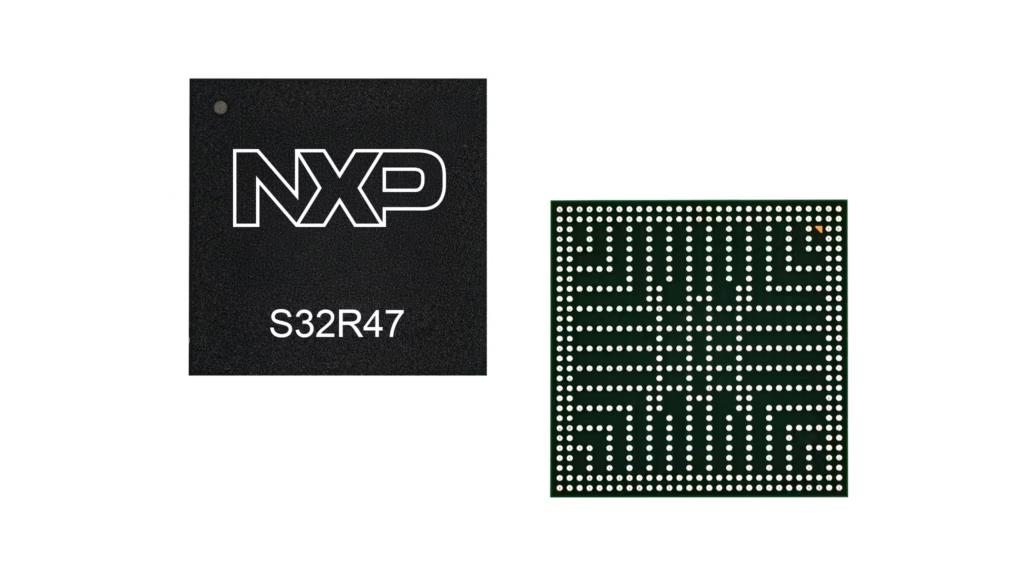
Imaging radar leverages richer point cloud data for more detailed modeling of the environment. This is a key enabler for AI based perception systems which allow for assisted and autonomous driving in the most challenging environmental conditions, such as complex urban scenarios.
The S32R47 integrates a high-performance multi-core radar processing system, allowing denser point cloud output and enhanced algorithms that enable next-generation ADAS systems. This results in better separability of objects, improved detection reliability and more accurate classification of objects such as vulnerable road users or lost cargo.
The S3243 is a package compatible variant of the S32R47 to serve different performance classes.
NXP’s 3rd Generation Imaging Radar Solutions
Built on know-how and the proven technology of two previous generations, the new solution delivers up to 2x processing performance in the radar MPU in a 38 percent smaller IC footprint. It also includes artificial intelligence and machine learning (AI/ML) support for features like enhanced Direction of Arrival (DoA) processing and object classification.
Moreover, NXP’s next generation imaging radar solutions enable new imaging radars with optimized bill of material and increased scalability in terms of antenna channels and processing capability. In addition, NXP’s solution achieves comparable or better performance with up to 89 percent less antenna channels than alternative solutions, solving integration challenges with reduced system cost, size and power consumption.
“The S32R47 can efficiently process three times, or more, antenna channels in real time than today’s production solutions. It enables improved imaging radar resolution, sensitivity and dynamic range – required by demanding autonomous driving use cases – while still meeting the stringent power and system cost targets set by OEMs for volume production,” said Meindert van den Beld, Senior Vice President & General Manager, Radar & ADAS.
Research company Yole Intelligence said in its Status of the Radar Industry 2024 report that approximately 40 percent of vehicles entering the road in 2029 will be passenger cars with driving automation Level 2+(L2+)/ Level 3 (L3). Furthermore, there will an increasing number of vehicles with Level 4 (L4). To serve the fast-growing autonomous driving market for software-defined vehicle platforms (SDVs), automotive OEMs and tier 1 suppliers need to improve radar performance. This is because it is essential for safe, advanced autonomy features such as piloted driving or fully automated parking.
09 May 2025

